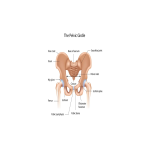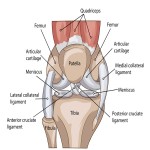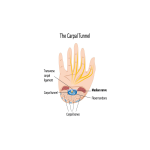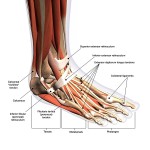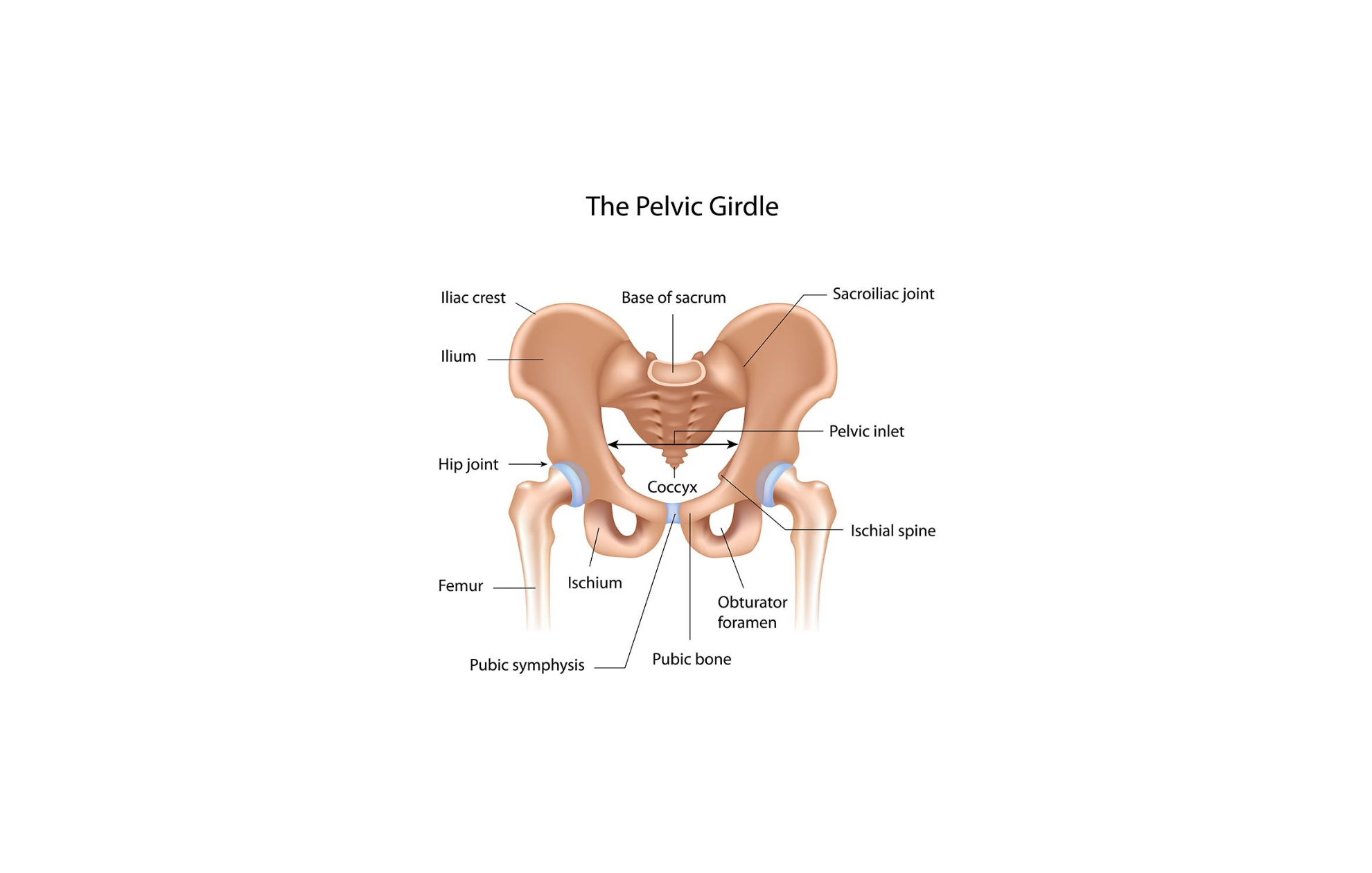The hip joint (or acetabulofemoral joint) is where the head of the femur (thighbone) fits into the rounded socket of the pelvis, which is called the acetabulum.
Both the femoral head and the acetabulum are lined with cartilage which helps to cushion the bones and enables the surfaces to glide smoothly against one another. The labrum is a strong piece of cartilage that lines the outer edge of the acetabulum. A synovial membrane surrounds the hip joint and produces synovial fluid which helps to lubricate and provide nutrients to the joint.
Ligaments connect the femur to the pelvis and tendons connect the bones to the surrounding muscles, including: the gluteal muscles located on the buttocks; the adductor muscles on the inner thighs; the quadriceps on the front of the thigh; the hamstrings on the back of the thigh; and the iliopsoas muscle which extends from the lower back to the upper femur.
The hips are designed to be simultaneously strong and flexible. Among the movements performed by the hips are flexion and extension to move the legs backwards and forwards; abduction and adduction to move the legs out to one side and inward; and rotation to point the toes inward or outward and then move the leg in the same direction.
